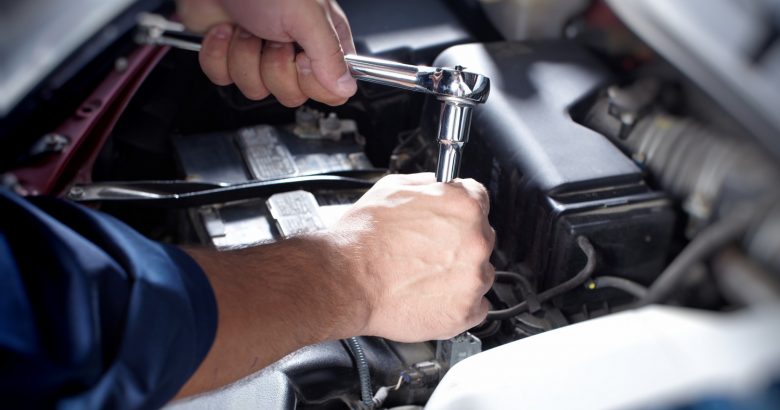
5 Old School Car Repair Tricks
The technology in today’s cars is a far cry from the cars of just a few decades ago. Back before microprocessors were developed (late 1960s) cars were simple affairs made of metal, plastic and rubber. You might say that’s when cars were “analog.” Today cars are “digital” and are far more complex than anything the old school mechanic had to do with. From electronic control modules (ECM) to engine diagnostic scanners (OBD-2), the modern mechanic is becoming part electrical technician as well as someone who repairs mechanical systems.
But some of the technology in your car hasn’t changed since the early days and, as a result, some of the old time maintenance techniques still apply. We guess you could call these old school tricks because they don’t specifically reflect the actual manufacturers advice, they reflect what the old school mechanics believe. Here’s five old school tricks that your dad or granddad would recognize as being “good advice.” Just a word of caution, according to Lustine Toyota of Woodbridge, a local Toyota dealer in Woodbridge, VA, some of these procedure are best done by a trained mechanic.
The string alignment trick
You undoubtedly know that front end alignment makes your car drive smoother and your tires wear longer. And that it requires a huge device alignment machine that you drive your car on to properly adjust things. Well, actually it doesn’t. You can literally measure the front end alignment of your car with a ruler, some string and a plumb bob. This YouTube instructional video gives you a pretty good idea as to what all is involved. We do not recommend that you actually adjust your car’s alignment, though. Leave that job to the professionals. But if you want to see what’s up with your alignment, give it a try.
Frequent oil changes
The repair manual in the glovebox says you should change your oil every 8,000 to 10,000 miles or so. Well, this is certainly good advice because today’s synthetic oils last a long time before they break down and get dirty. That being said, changing your oil and filter more frequently is never a bad idea. Particularly if the car is older, why not change it every 5000 miles or so. Trust us, the oil will be good and dirty at that point too.
Don’t wait for your brakes to squeal
When the pads wear down on your car, they will squeal and grind. And, particularly when grinding starts, you are probably going to have to replace your rotors and brake pads. Here’s what the old timers recommend: why wait until the noise starts? If you keep your eye on your brake pads and change them before they grind down, you may not need to change the rotors. This could easily save you $300-$400 when you have your brakes done. All it takes is keeping your eye out.
Replace your brake fluid
Many owner’s manuals don’t have a line item that recommends changing your brake fluid. This is
Likely because it can cost a few hundred dollars to do and it isn’t absolutely necessary. Well, the old timers would do it anyway when a car got 100,000 miles on it or so. Two reasons, brake fluid is hydroscopic (absorbs water) and it does get dirty. It’s simply not a bad idea to change it when you car is old. If you are doubtful, ask your local mechanic for their advice.
lube it
Lubing suspension components is something that used to be common. Today most front end components are sealed so that isn’t an issue anymore. However, there are several things on your car that could use some lubrication once in a while. Here’s the list: door hinges (on front of doors), door latching mechanisms (on rear of doors), hood hinges (near windshield), hood latching mechanisms (in front, by the radiator) and if you have car keys, both the door and ignition switch locks (use graphite).